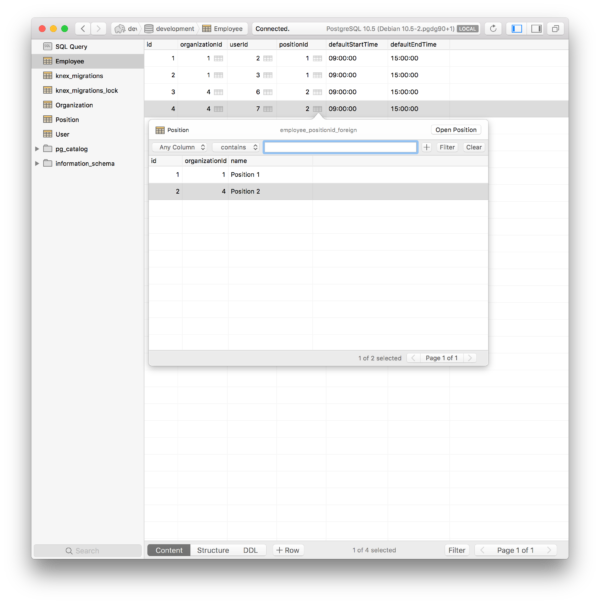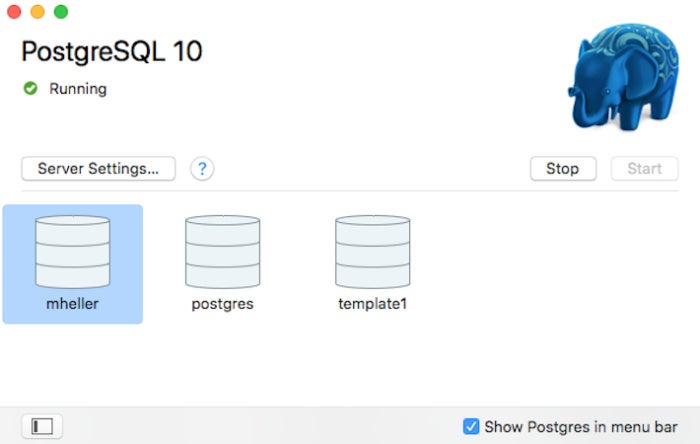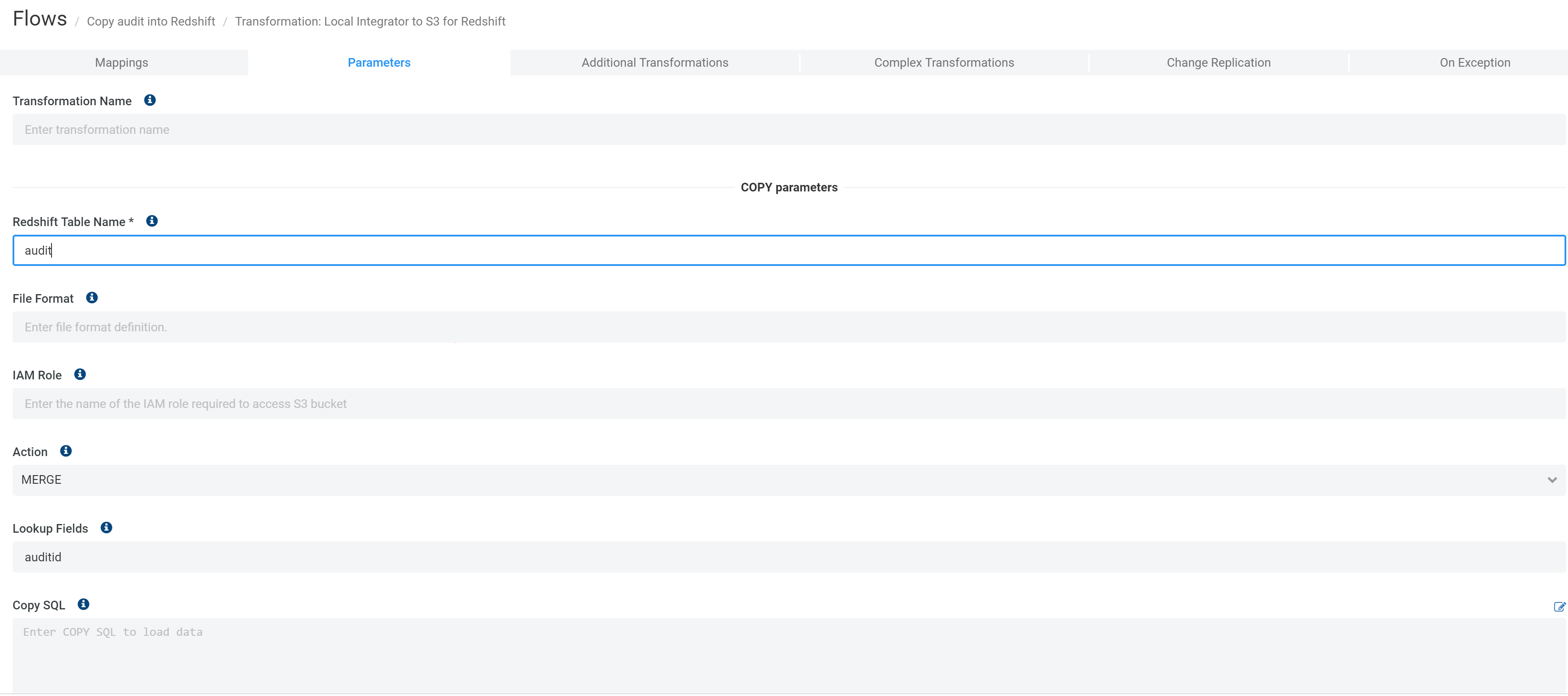

The changeset defined the following constraints: If you would like to convert this constraint into an error, pleaseĬall unique_constraint/3 in your changeset and define the properĬonstraint name. However, from SQL Server 2012 onwards, the approach has changed so that adding a column with default constraints is much better.我在尝试插入新聊天室时开始收到以下错误 ** (Ecto.ConstraintError) constraint error when attempting to insert struct: Therefore, in the prior SQL Server 2012 era, rather than adding a column with a default constraint, it is better to add a column and updating with batches so that the table is not exclusively locked. We covered the basic syntax of SQL Server ALTER TABLE in this article and implemented it to add columns to an existing table.īefore SQL Server 2012, there was no difference between adding a column with the default and adding a column and updating it. In that scenario, still, the above setting will prevail hence the previously set default value will be kept. Now, the next question is what if the Default constraint is dropped just after it is created. When a row is updated, then the default value will be pushed to the table even if the default value column is not updated.
SQL ALTER TABLE IN POSTICO UPDATE
So when the column added with a default value, it will not update the data page instead it will update this system table. sys.system_internals_partition_columns DMV has two additional columns named has_default and default_value as shown below. This is achieved by a somewhat very simple but novel approach. In SQL Server 2012 and onwards, this is no longer the situation, the column is added online to the table and no update occurs and it is only a metadata change. If you want to specify the order of the new column in the table, you can use the optional. Second, place the new column definition after the ADD clause. What is the difference in these scenarios? Prior to the SQL Server 2012, when adding a column with default value will cause the same behavior. To add one or more columns to a table, you need to perform the following steps: First, specify the table that you want to add column denoted by the tablename after the ALTER TABLE clause. During the column update, the transaction log will grow and exclusive locking will be placed on the table prohibiting any reads or writes to the table. These stats show that there is a remarkable difference between adding a column with a default value and adding a column and updating the column with a value later. The following is the database file sizes when the column is added and updated the values.

The following are the details for the query expenses captured from the SQL Profiler.Įvidently, when updating a column for a large table, resource consumption is high.

The table has grown by some value as shown in the above figure. The above table shows that the table is exclusively locked which means that the table is not accessible during the update. Let us update the same column with a different value and let us get the same stats. All of these results indicate that adding a column with a default constraint will result in only a metadata change. Nothing much has changed to the data file as well as for the log file.

Let us see the file sizes of the database. Sometimes we may require to add additional information, in that case we do not require to create the whole database again, ADD comes to our rescue. Also, adding a column with default value has not taken even a one minute though it has 500,000 records. ALTER TABLE ADD ADD is used to add columns into the existing table. This shows that Table (Object) has intended Exclusive lock which means that the table is not exclusively locked during the addition of the column.


 0 kommentar(er)
0 kommentar(er)
